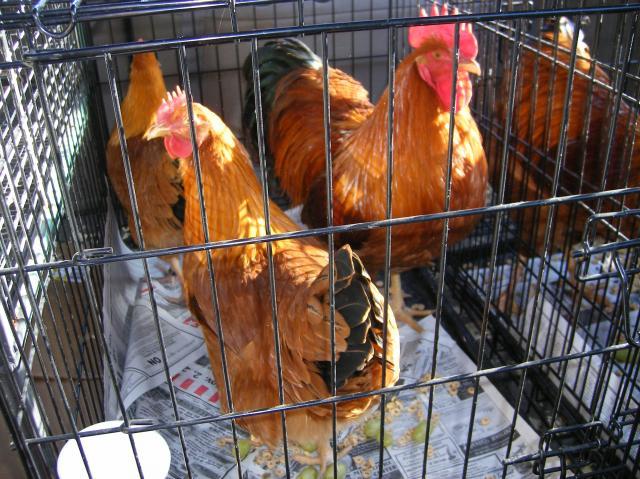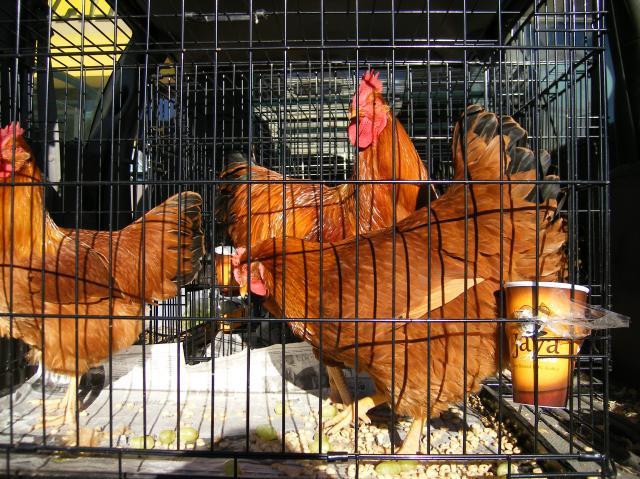Quote:
Thank you for your kind words in an earlier post. Yes, this is a debate and and don't think either of us wrong. I have noticed that posts on BYC are sometimes taken as "gospel" without regard to reading all the posts related to the discussion and making a well informed decision. I was also concerned that some people may throw the baby out with the bathwater. I have always thought that any leg color problems other that white legs was as result of the BR part of the cross in Dels....it may still be, but I had a very interesting discovery today, that brought back some memories. The problem with doing this so long is that we sometimes get into auto pilot and don't make sure that we are really on course. I helped a friend grade a bunch of white Cornish bantams. Cornish should have yellow legs and they did, with one glaring exception. One of the females had green legs. I am talking about green....not green tinged. One side of the shank had the nicest bright yellow you would ever want to see and the other side was green...no other way to describe it. I have seen plenty of BR's with green tinged legs, but I have never seen anything this dark green.
Now this goes back to one of the things we both agree on and that is if you don't know what is really in your bird anything can pop out. I checked his breeding pen and he is only using one male and one female, so we know what two birds produced the green. This was the only one of about 30 one month old chicks. They belong to the fellow I show with, so I know that he has not introduced any new/different blood for 20 years. This is a good example of how far back something can lurk in the background. I asked him to keep it (pullet) so that I can check it again as it matures. This appears to be another sex link related incident...hard to tell as the rest were fine. Generally yellow leg problems show externally in females and not so much if at all in males. The remainder of the cockerels and pullets had perfect yellow leg color. It was filmed by a video crew for a series that will come out next year, so I can't get copies of the film, but I will take pictures of it next time I am over there unless he knocks it on the head before then. It is an unreal green color.
Walt








